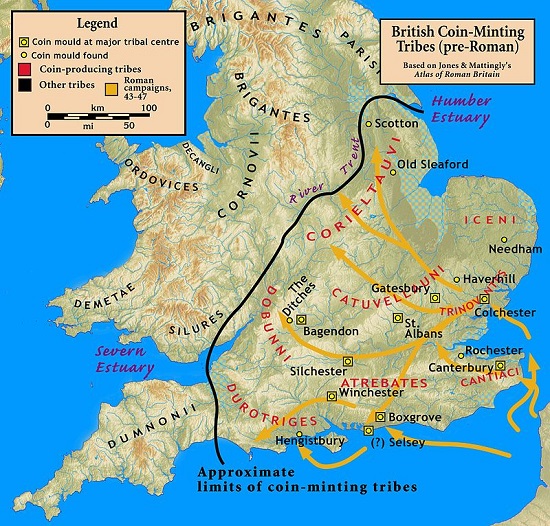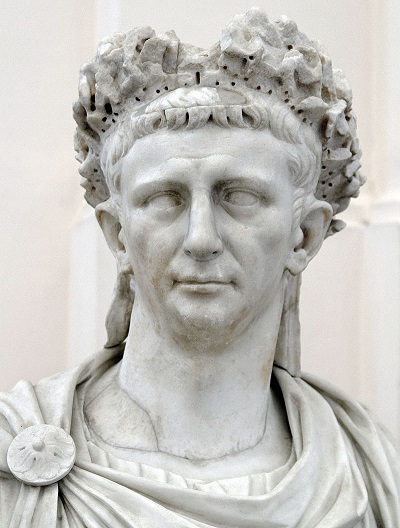Birth

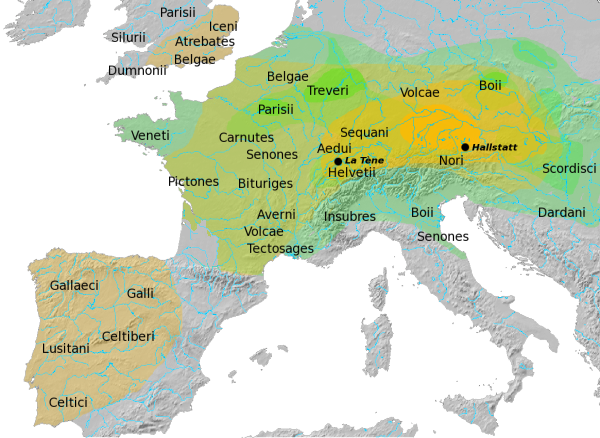
Although evidence of a major settlement before the Roman times has not yet been discovered, scattered archaeological findings from the Bronze (13th- 8th BC) & Iron Ages (600 BC to 100 AD), near the banks of the River Thames in the London Area, indicate that the River may have served as the natural boundary between the Celtic tribes that had emigrated to the British Isles in the middle of the 2nd millennium BC. The Trinovantes were the Celtic tribe that dominated the territory north of the Thames estuary & the wider area of what is Greater London today. They were bordered by the Iceni to the north & the Catuvellauni to the west.
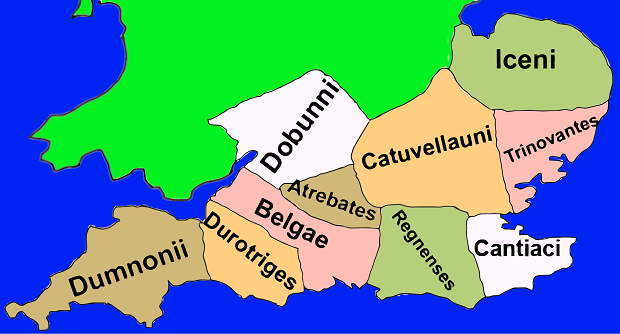
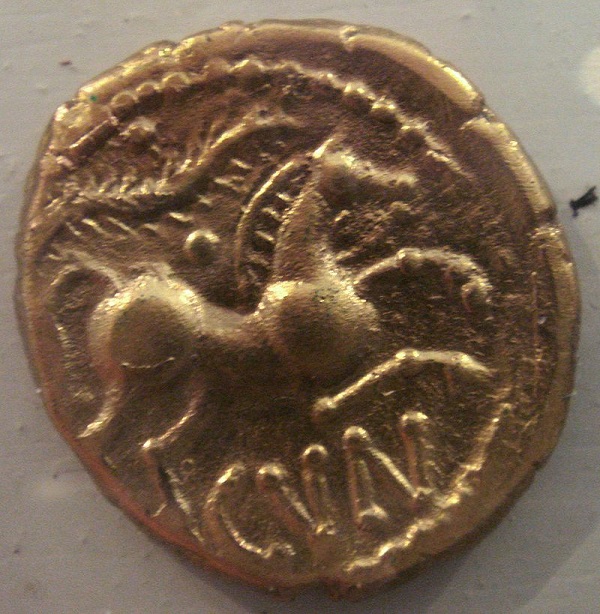
The Romans invaded Britain with Julius Caesar in 55 BC for the first time & later in 54 BC in the course of his Gallic Wars in two reconnaissance expeditions that did not generate any immediate territory gains for the Romans who favored the allied Trinovantes as their proxy tribe on the island instead.
The Romans would return in 43 AD with Emperor Claudius and his legions landing on the east coast of Kent, this time aiming at a permanent presence on the island. The resistance of the Catuvellauni tribe wasn’t enough to stop their advancement to the river Thames. They would cross the river at a narrow point that made it easier for them to bridge, to proceed north. That site would later evolve into the nucleus of one of the greatest cities in the history of the world.
The first crossing was probably a temporary arrangement of ferries or a pontoon-style floating bridge but findings of wooden structures suggest there was a permanent wooden bridge built a few years after the invasion, about 60 meters east of where London Bridge stands today. By 50 AD a Roman settlement had sprung up on the north side of the bridge, at a strategic location for the new Roman province, ideal for ships traveling from the North Sea into Britannia and River Thames.
The town’s name, probably based on a preexisting local toponym would be Londinium. Although Londinium was not included in the distinguished category of the Roman Colonia, it became almost immediately a center of commerce between the continental lands of the Empire and the island of Britain, attracting all sorts of traders & people who saw a chance of profit in the newly established Roman outpost.
